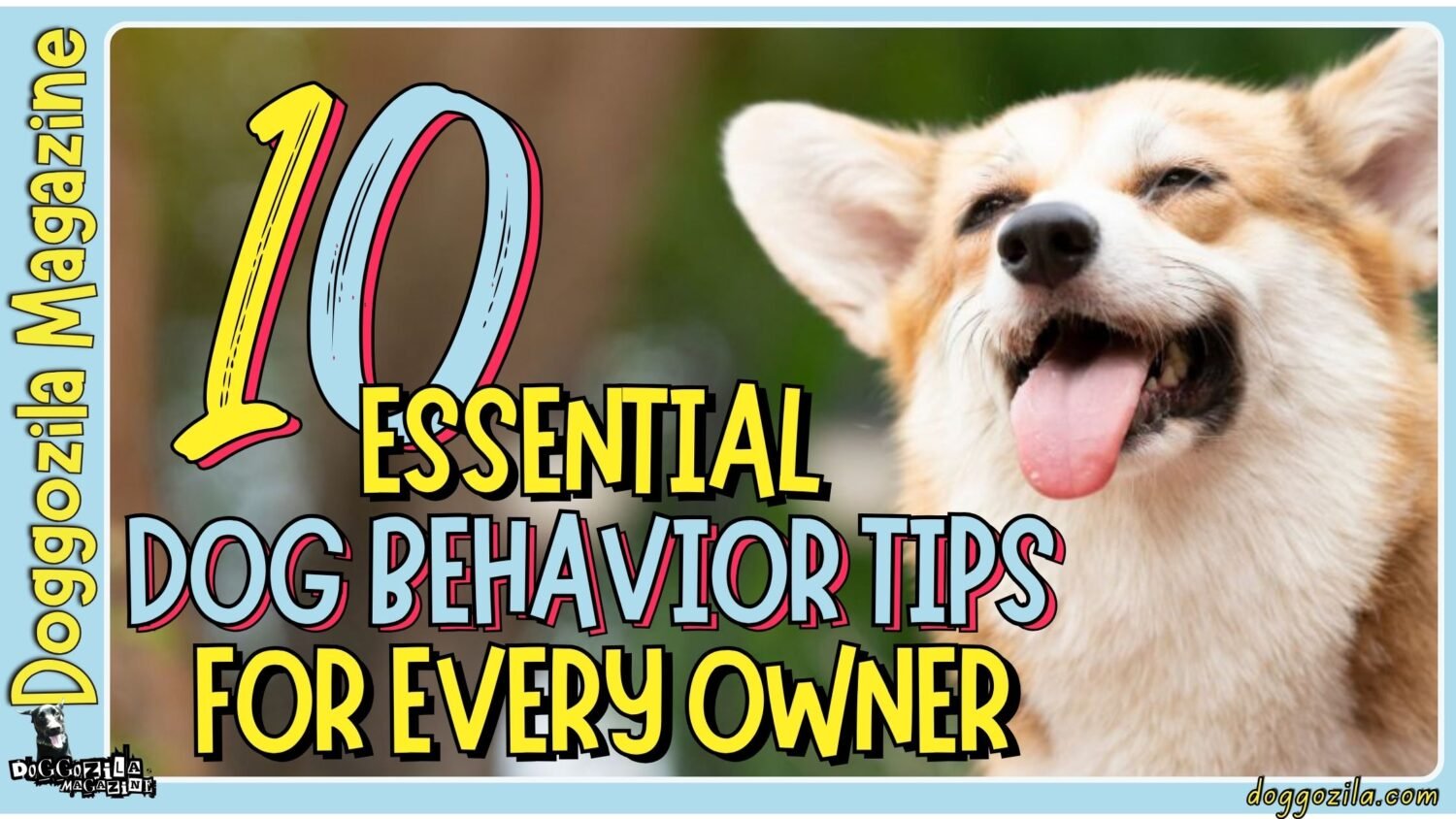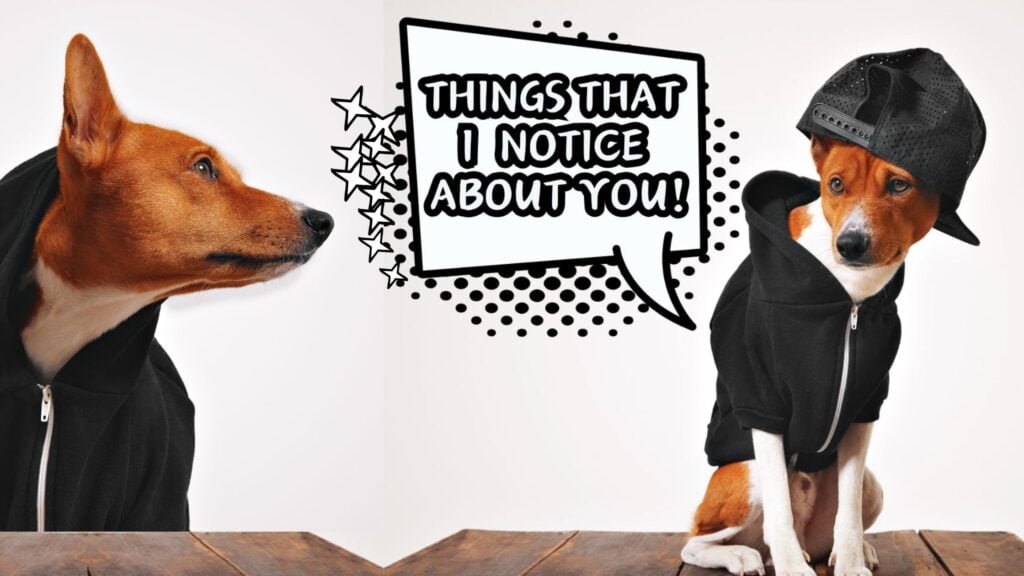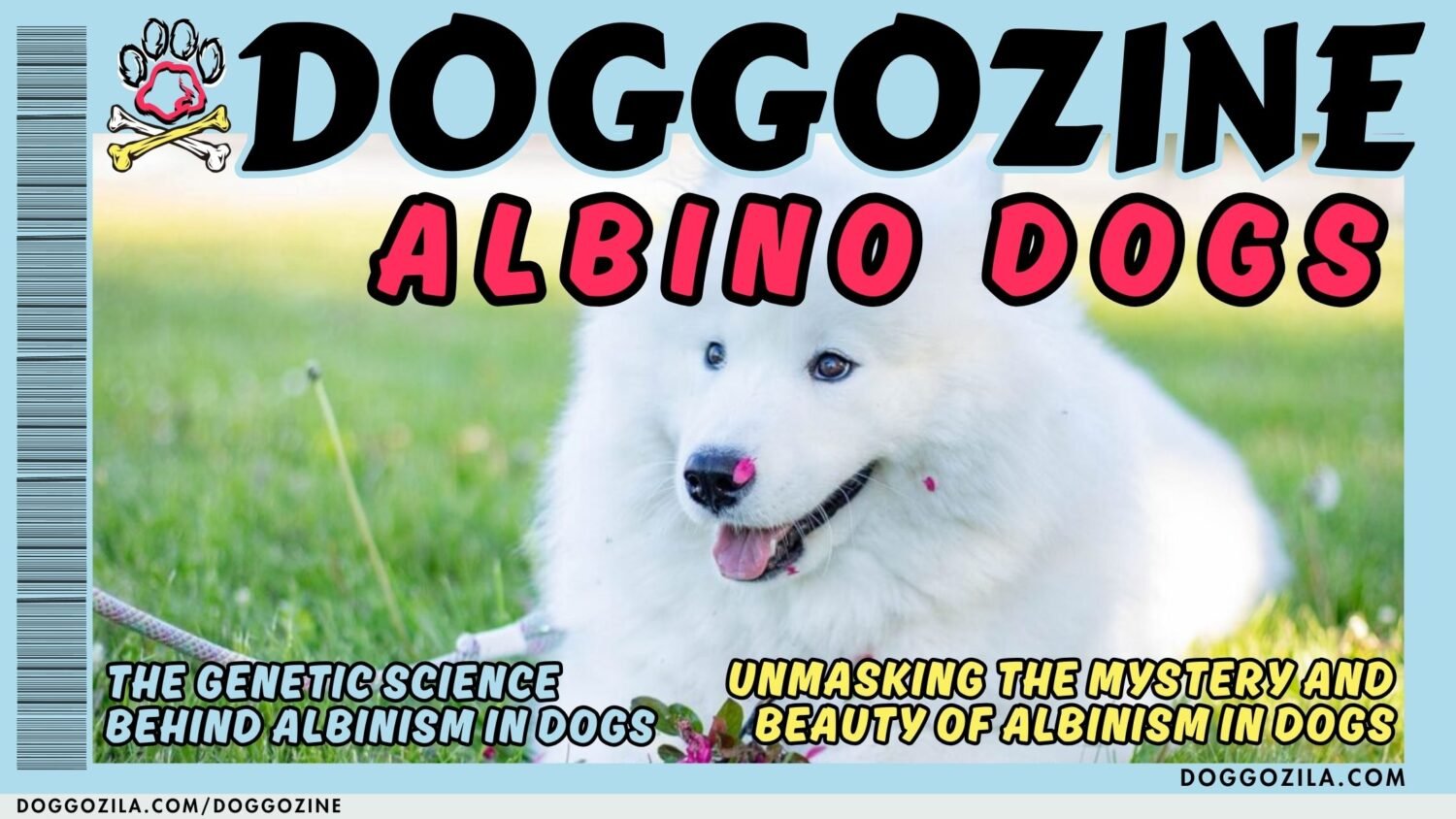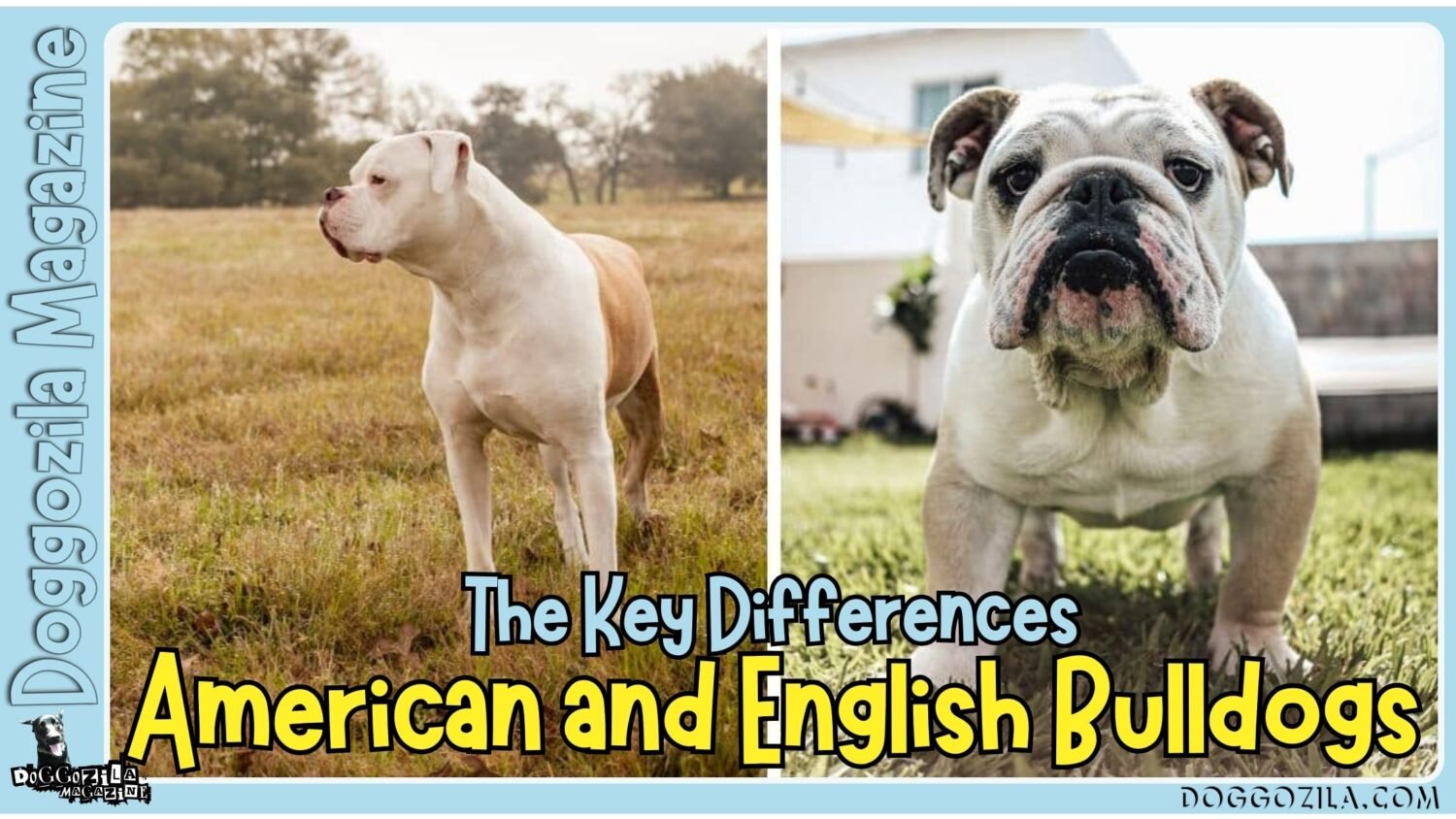In this guide, we’ll blend science-backed methods with real-life success stories, transforming training into an epic quest. So, grab your tastiest treats, your sense of humor, and let’s embark on the ultimate quest: how to teach your dog to roll over and become the coolest trickster on the block!
Imagine your furry friend, tail wagging with anticipation, eyes locked on yours as they gracefully flop onto their back and complete a perfect roll over. This iconic trick isn’t just a party pleaser—it’s a bonding experience, a mental workout, and a testament to your teamwork. Whether you’re training a bouncy Labrador or a thoughtful senior terrier, mastering the roll over unlocks new levels of trust and joy.
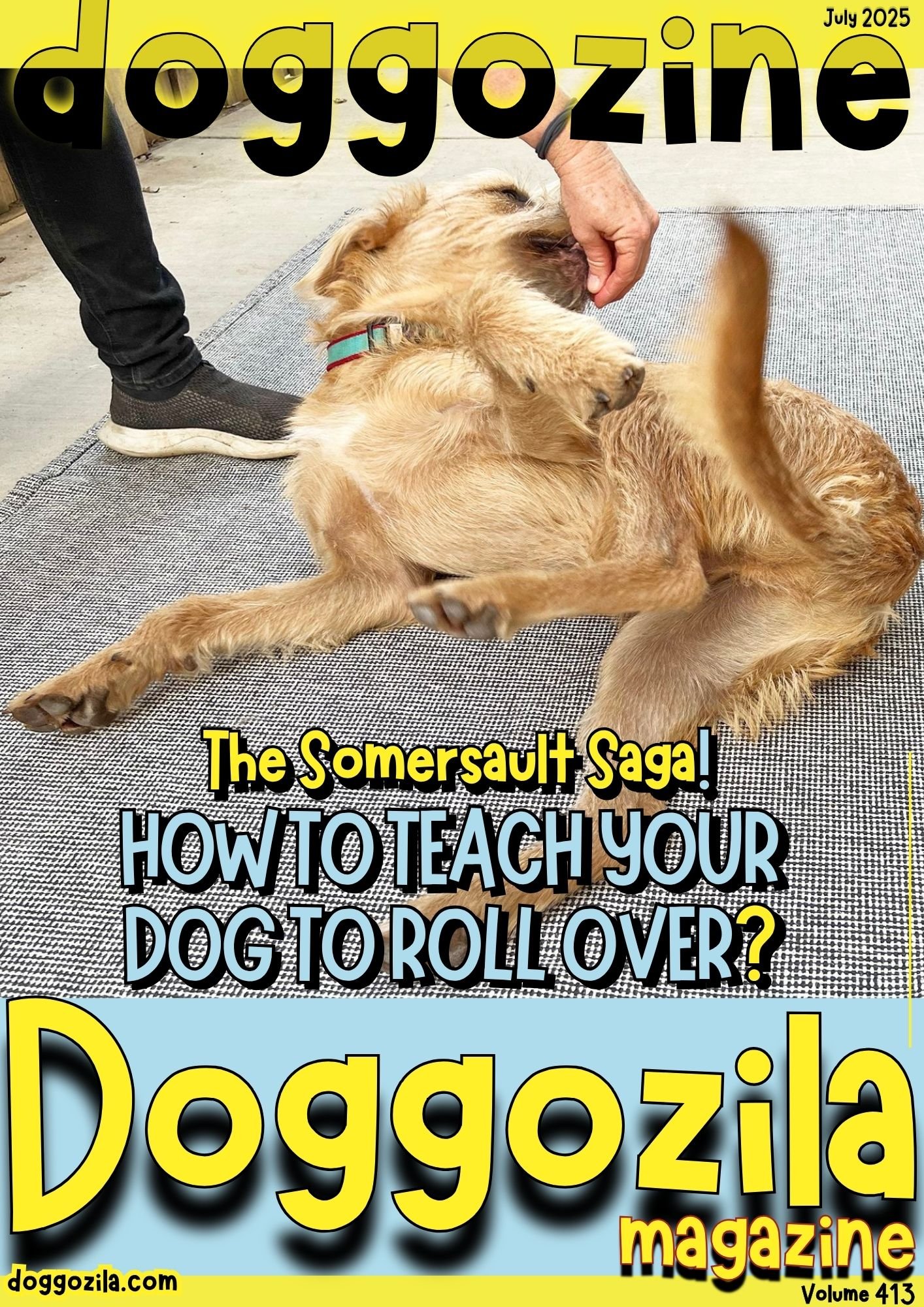
EMBARKING ON THE JOURNEY TO TEACH YOUR DOG TO ROLL OVER WITH ENTHUSIASM AND CONFIDENCE
Starting your roll-over adventure feels like prepping for a treasure hunt in the backyard. You’ll need to capture your dog’s natural curiosity first, inviting them to explore a new trick with wide-eyed wonder. By blending gentle guidance and playful energy, you both stay motivated to learn and laugh together. Crafting a clear plan keeps surprises at bay and helps you celebrate every little victory. This opening chapter sets the tone for an unforgettable training expedition.
Studies, like those from the Canine Cognition Center at Yale, show dogs trained with positive reinforcement tricks exhibit higher levels of optimism and resilience. Ultimately, mastering this move transforms training sessions into pure, unadulterated playtime, reinforcing that learning with you is the best game in town.
Interactive Playtime: How To Teach Your Dog To Roll Over With A Favorite Toy
Interactive playtime can transform a dull living room into an exciting training arena. When you introduce your dog’s favorite squeaky toy alongside verbal cues, their excitement spikes instantly. Begin by having the toy close enough for a quick grab but far enough to encourage gentle stretching.
Each time your dog reaches or leans toward the toy, praise them with an enthusiastic “Yes!” that resonates like a cheer. Tug the toy slowly around their body’s curve, tempting them to shift weight toward their side. As their body follows the toy’s arc, reinforce the motion with soft guidance on the chest to roll fully.
Over several repetitions, your dog will connect the toy’s movement with the rolling sensation. Soon they anticipate the roll just by watching the toy arc across the floor. This method taps into their playful instincts and makes every session feel like a game. Consistency here plants the seeds for a confident, eager roll-over response.
Treat-Based Motivation: How To Teach Your Dog To Roll Over With Tasty Rewards
Using treats strategically can accelerate roll-over mastery in surprising ways. Instead of showering your dog with identical kibble, select a variety of high-value nibbles—tiny bits of cheese, chicken, or freeze-dried liver. Each treat becomes a prized reward that signals progress along the rolling path.
Begin by luring your dog to lie down, then hold the treat near their nose and guide it toward their shoulder. As they follow the treat’s path, their body gradually pivots onto its side. Immediately release the treat once they tip, then encourage them to finish the roll only after a pause.
This stepwise approach prevents overwhelming them and honors every micro-movement. Over time, space out treats so praise alone carries the session forward. By alternating flavors, you keep their interest piqued as they map flavor to finesse. Every morsel becomes a milestone on the road to full roll-over success.
How to Understand Your Dog Body Language For Smoother Roll Overs
Observing your dog’s body language unlocks hidden clues to enhance training synergy. Watch for the tiniest muscle twitches around the shoulders and hips; these reveal readiness to shift weight or adjust posture. Calm breathing and a relaxed facial expression signal a moment of focus, ideal for introducing new cues.
If your dog stiffens or averts eyes, pause and offer reassurance with a gentle stroke. Over time, they learn that you respect their pace, cementing trust as the cornerstone of advanced tricks. Playful tail wags often indicate excitement for the next challenge; leverage this energy by moving at a brisk creativity-spark pace.
By syncing your guidance with their unspoken signals, you create a seamless dialogue during each session. This sensitive two-way communication turns every roll-over attempt into a co-created dance. Learning becomes less about rote repetition and more about shared discovery. Your dog enjoys the process as much as the payoff when they finally flip all the way over.
🔑 Key Points: Success starts with framing roll-over training as a joyful, curiosity-driven adventure for both you and your dog, blending playful energy with a clear plan to celebrate every small win and build mutual motivation.
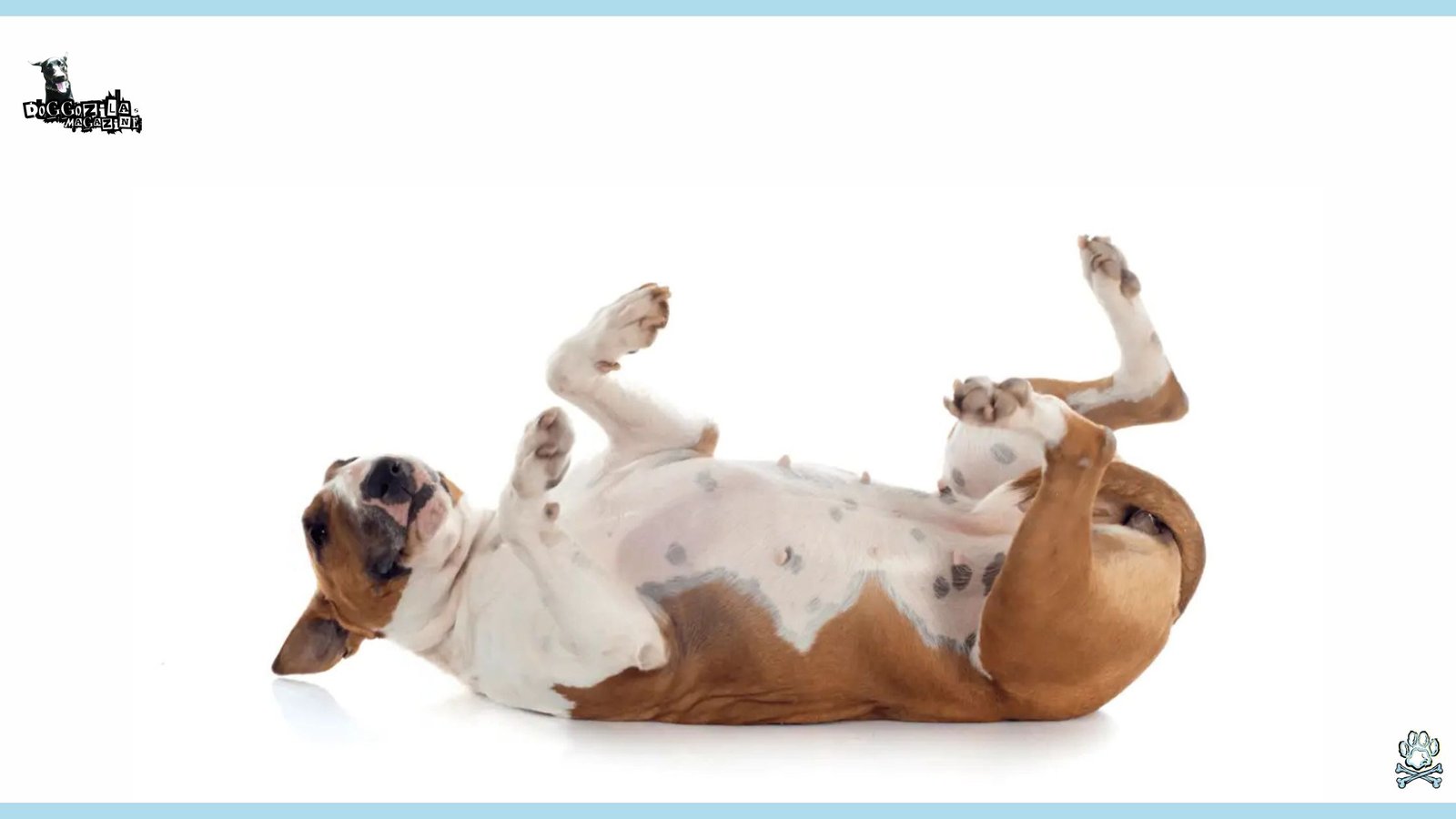
HOW TO SET THE STAGE TO TEACH YOUR DOG TO ROLL OVER USING POSITIVE REINFORCEMENT AND PLAYFUL CHALLENGES
Creating the ideal training environment feels like designing an obstacle course for both body and mind. You’ll want a quiet spot without startling noises that could send your dog’s attention into hiding. Soft flooring—like grass in your backyard or a yoga mat indoors—prevents slipping and keeps paws grounded for confident pivots. Introduce brief, playful challenges such as weaving between cushions before rolling over to maintain engagement. Each small twist in the script adds novelty, forging stronger memories and greater enthusiasm.
Before attempting the full roll over, ensure your dog has a solid grasp of some fundamental skills. Think of these as the warm-up stretches before the main gymnastic event! The absolute cornerstone is a reliable “Down” (lying flat on their belly).
Step-By-Step Guidance: How To Teach Your Dog To Roll Over With Clicker Training
Clicker training transforms elusive behaviors into predictable patterns through precise timing. Begin by associating the click with an instant treat reward, repeating until your dog links the sound to pleasure.
Next, lure your dog into a down position and click the instant they lean onto one side. Follow up immediately with a reward and enthusiastic praise, pausing only long enough to reset posture.
Gradually raise the expectation: click when they reach halfway around, then again upon full rotation. By breaking down the trick into micro-steps, you avoid confusion and build confidence incrementally. Dogs thrive on clear feedback loops, and the clicker provides exactly that.
Over sessions, reduce lures so they anticipate the click purely from verbal and hand cues. Soon the click alone triggers the complete rolling motion. This structured routine feels like decoding a map, with each click marking a landmark on the path to mastery.
How to Select The Right Reward To Teach Your Dog To Roll Over Based On Preference
Rewards lose power when they become too predictable, so discover what truly drives your dog. Conduct quick “taste tests” across sessions—offer bits of carrot, apple, cooked meat, or store-bought treats to see which earns the biggest reaction. Notice how they sniff, gobble, or even chase after each option.
The top two or three contenders become your secret weapons during roll-over practice. Rotate treats frequently to keep them guessing which delight follows the next perfect pivot. You can even use miniature toys or brief play breaks as non-food rewards for dogs who prefer action over munching.
Matching the reward to your dog’s personality creates a feedback system that’s as unique as their pawprint. This approach ensures each successful roll brings genuine excitement, not just another predictable biscuit. When you finally scale back to verbal praise only, they’ll still recall the feast awaiting future victories.
Timing And Pacing: Why Ensuring Optimal Learning Flow is Important?
Training sessions fractured by exhaustion or frustration yield sparse results, so pacing is everything. Keep each roll-over practice under five minutes and watch your dog’s energy levels. If their nose touches the ground more than once waiting for treats, they need a short breather.
Conversely, if they bounce with excitement after each success, extend the session by one minute to tap that momentum. Use a simple timer or stopwatch so you don’t lose track during animated play. Interleave quick roll-over attempts with brief play-and-release moments to maintain a rewarding rhythm.
This ebb and flow prevents boredom and fosters sustained focus. Always end sessions on a high note, letting them perform their favorite trick or offering extra pets. Wrapping up positively cements good associations, making them eager to return for the next adventure.
🔑 Key Points: Creating a distraction-free, physically comfortable environment (like using a yoga mat) is crucial, but injecting brief, novel challenges (e.g., weaving cushions) within this space boosts engagement and strengthens learning through positive reinforcement.
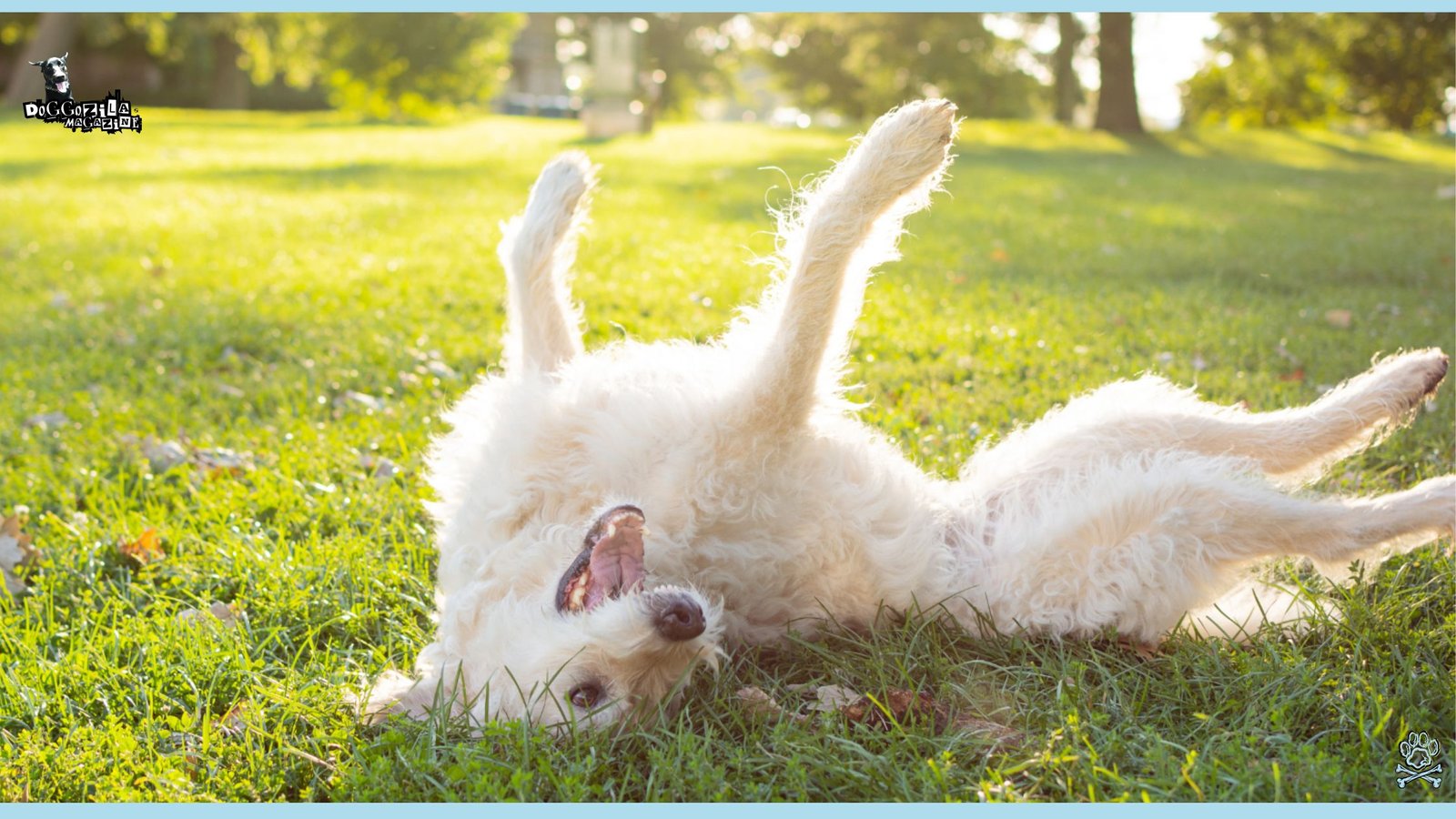
HOW TO BUILD A ROBUST FOUNDATION TO TEACH YOUR DOG TO ROLL OVER THROUGH CONSISTENCY AND CLEAR CUES
Consistency in your words and gestures feels like painting a mural stroke by stroke. Each training day, use the exact same phrase and hand movement to signal “roll over.” Dogs thrive on repetition; shifting phrases mid-course only muddies their understanding. Consistent rewards and corrections shape behavior predictably, much like practicing scales before a piano recital. With clear cues and diligent practice, they’ll progress from hesitant nudge to smooth somersault in record time.
Your attitude is the invisible leash guiding your training. Approach each session with calm, positive energy. If you’re stressed or impatient, your dog will sense it. Understand that learning is non-linear – there will be fantastic days and frustrating “I forgot everything!” days.
How to Establish Clear Verbal Cues To Teach Your Dog To Roll Over By Shaping Commands
Crafting a concise verbal cue sets the stage for seamless communication during training. Choose a brief phrase like “roll” or “spin” and always say it just as your dog begins the turning motion. By pairing the cue with immediate reward, you cement the link between word and action. Repeat this pairing hundreds of times across different days to solidify the connection.
If your dog hesitates, pause and revisit earlier steps like simple “down” commands. Patience here ensures they don’t learn to bluff by rolling too slowly for treats. Eventually, uttering the cue becomes the only prompt they need to start the roll. This precision prevents confusion and feels empowering for both parties. A strong verbal foundation frees you to introduce new tricks without overlap or interference.
Why Hand Signals And Gestures are Important To Teach Your Dog To Roll Over Through Visual Prompts?
Complementing verbal cues with hand signals deepens your dog’s comprehension. Use an open palm that traces a semicircle across their field of vision, mirroring the arc of the roll. Always execute the gesture at the same speed and height, so they recognize the pattern instantly. If noise or distance ever disrupts your verbal command, the visual prompt saves the day.
Practice signals when they’re alert but not overly excited—during calm walk breaks or wind-down play. Gradually phase out verbal cues until hand signals alone trigger the roll-over sequence. This silent mode of communication creates a secret handshake between you and your canine co-pilot. When mastered, they’ll respond to your signal from across the yard without a single spoken word.
Why Maintaining Patience During Extended Sessions is Essential?
Even the calmest dog reaches a tipping point if training drags on too long. Watch for yawns, distracted tail signals, or shifts away from your training zone. Spotting these signs means it’s time for a short break—five minutes at most. Use breaks for gentle play, cuddles, or a quick sniffing exploration to reset their focus.
If they struggle repeatedly, revisit simpler moves to rebuild confidence before layering on complexity. Always close sessions before frustration takes root, ensuring they remember the joy rather than the struggle. Patience maintained over weeks leads to remarkable transformations, turning timid learners into eager performers.
🔑 Key Points: Reliable roll-overs are built on absolute consistency in verbal cues, hand signals, and reward timing, acting like predictable brushstrokes that help your dog confidently progress from hesitant movements to a smooth, understood trick.
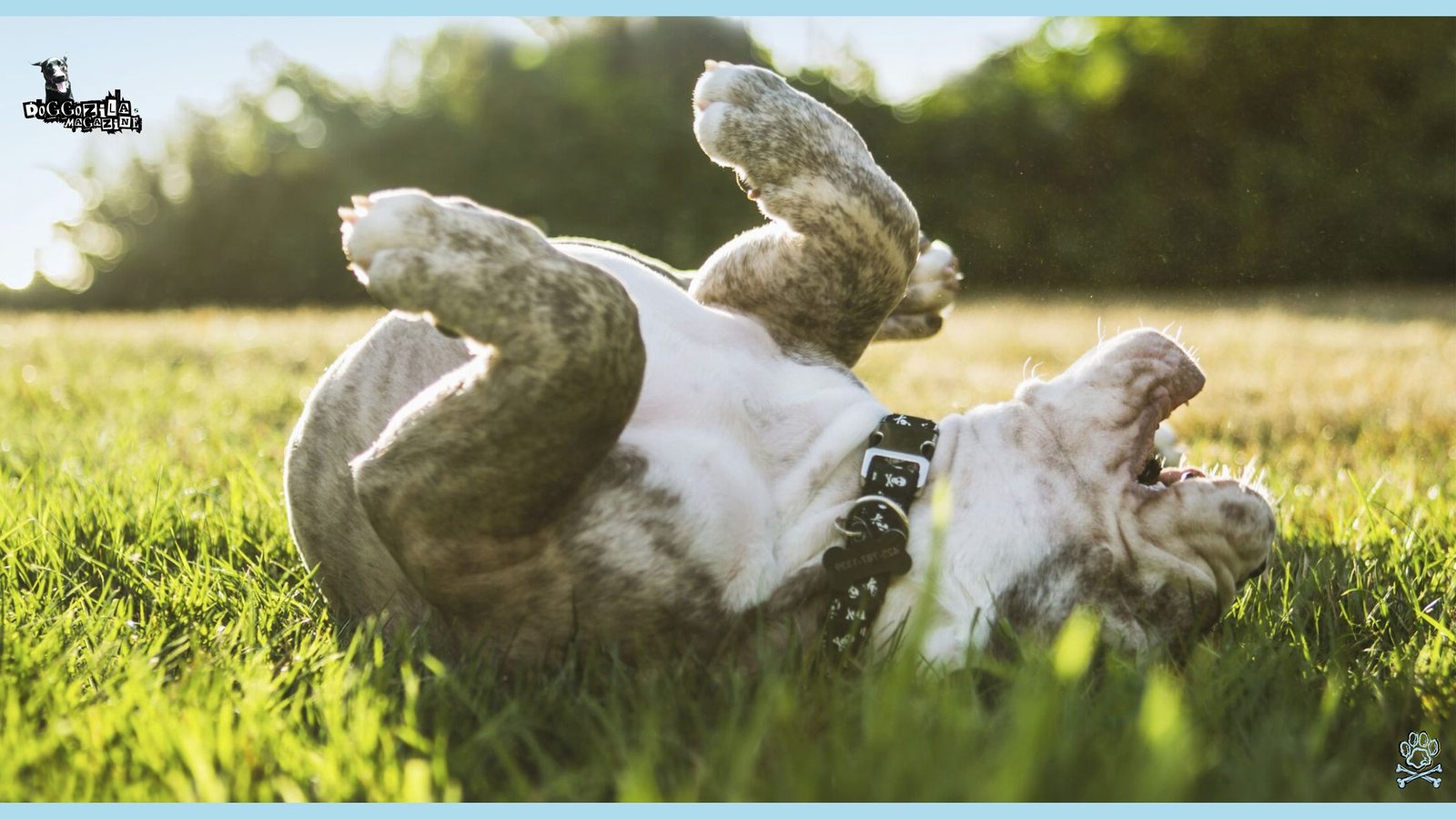
HOW TO ELEVATE THE EXPERIENCE TO TEACH YOUR DOG TO ROLL OVER IN DIVERSE ENVIRONMENTS
Training in the same spot risks making the trick location-specific rather than universal. Imagine your dog rolling flawlessly in the living room but staring blankly at your garden fence. To prevent this, spread sessions across different terrains—soft grass, trimmed lawn, shaded patio, or even a sandy beach if you’re feeling bold. Each new backdrop teaches them to generalize the cue and anticipate the roll regardless of surroundings. Before venturing out, pack familiar tools like a trusty mat or favorite treats to anchor them in the new setting.
Performing that perfect roll in your quiet living room is one thing; doing it at the bustling park with squirrels darting past is a whole other level of awesome! “Proofing” means teaching your dog to perform the behavior reliably anywhere, anytime, regardless of distractions.
Outdoor Adventures: How To Teach Your Dog To Roll Over In Varied Terrains
Embarking on roll-over sessions in a park feels like entering a canine festival of sights, sounds, and smells. Begin at dawn when the grass is cool and few joggers roam about, reducing distractions drastically. Lay down a colorful training mat so your dog knows exactly where to perform the trick.
Lure them into the roll with treats, guiding slowly so they adjust to the ground’s texture under their body. When seagulls or distant laughter threaten to derail focus, use calm but excited praise to reel attention back. Consistency in your cues remains crucial despite the unpredictable environment.
If they wobble on uneven grass, support them with gentle hand-firm nudges. Over successive mornings, they’ll learn that no matter the smell or sound, “roll” always means a full-bodied flip. This resilience feels like preparing them for a world tour of tricks. You’ll leave each session both sweaty and satisfied by their adaptability.
Indoor Focus Drills: How To Teach Your Dog To Roll Over Without Distractions
In a quiet room with curtains drawn, training feels almost meditative. Eliminate background hum from screens or chatter by turning off unnecessary electronics. Scatter a few pillows at the room’s edge to cushion potential missteps and create a comfortable perimeter. Invite your dog to lie down center-stage, then execute your hand signal with deliberate clarity.
Reward every half-pivot initially, then tighten criteria to only full rotations. This low-noise environment allows your dog to synapse connections faster than in bustling outdoor settings. You’ll notice rapid progress in muscle memory and cue recognition when external stimuli don’t compete. Use this space for fine-tuning before tackling more chaotic venues.
How to Adapt Tricks For Senior Or Special Needs Dogs?
Some dogs require a gentler approach due to joint concerns or neurological conditions. Replace full roll-overs with half-turn and back maneuvers that mimic the motion without stressing their hips. Use thick carpets or supportive training mats that cradle sore joints.
Break down each stage into even smaller chunks, celebrating subtle shifts like a lean onto one shoulder as if it were a full roll. Consult your veterinarian to modify commands or adjust session lengths tailored to your dog’s physical comfort.
By customizing the trick to their needs, you keep training inclusive, joyful, and injury-free. This adaptive mindset makes every dog feel capable and cared for, no matter their age or challenges.
🔑 Key Points: True mastery means your dog can perform the roll-over anywhere; achieve this by progressively practicing in varied terrains (grass, patio, sand) and using familiar anchors (like a training mat) to help them generalize the cue amidst new distractions.
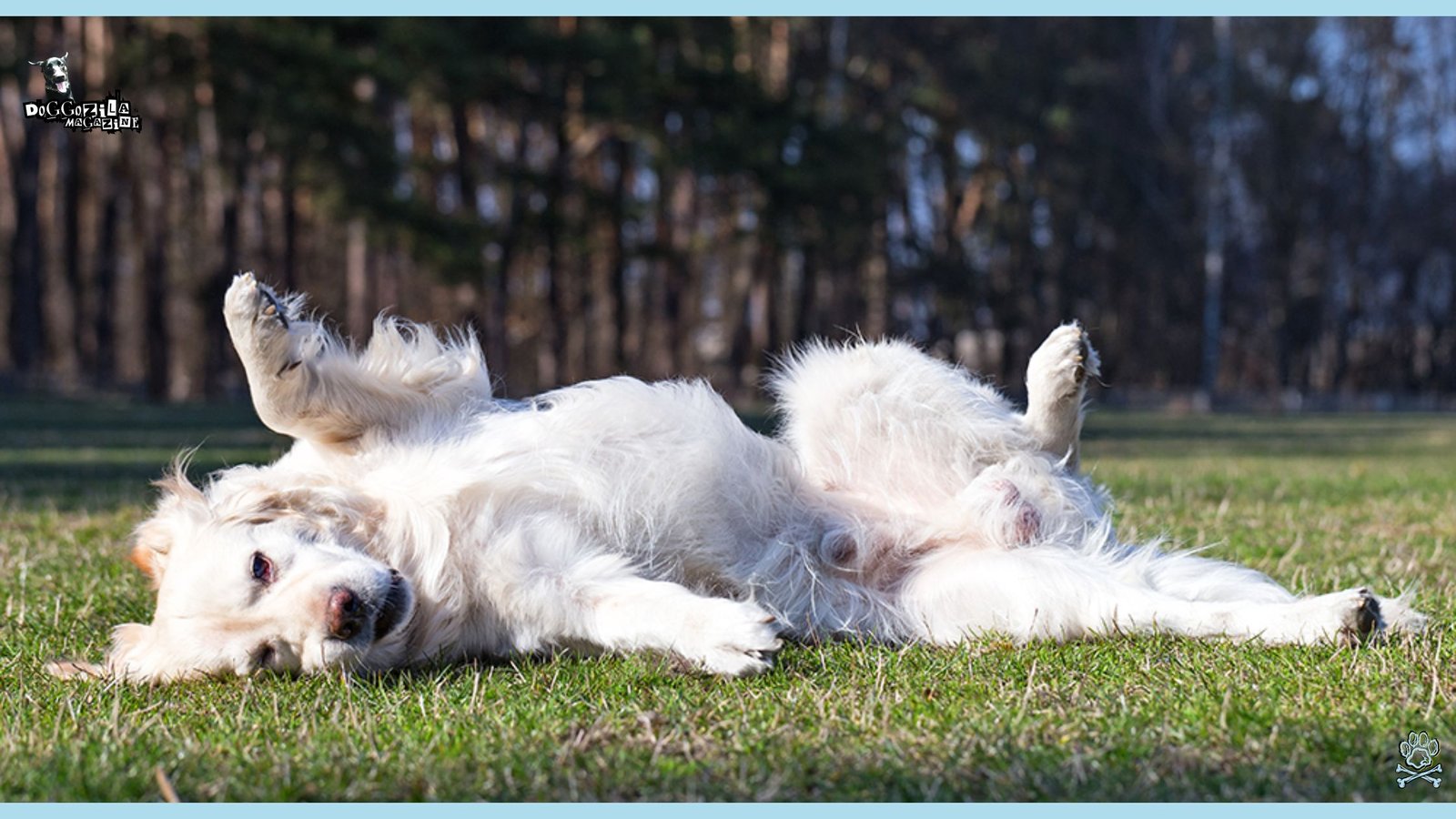
TROUBLESHOOTING COMMON OBSTACLES: HOW TO TEACH YOUR DOG TO ROLL OVER WHEN DISTRACTIONS ARISE
Distractions lurk around every corner, testing both your dog’s focus and your coaching skills. A sudden passing car can hijack their attention mid-roll, or a neighbor’s bark might freeze them in place. By anticipating common pitfalls, you can preemptively redirect their gaze back to you. This chapter lays out strategies for regaining focus, maintaining patience, and turning interruptions into opportunities for resilience and quick thinking.
Not every roll is smooth sailing! Hitting a snag is completely normal. Maybe your dog flops but won’t go past their side, or they stand up instead of rolling, or perhaps they just look at you like you’ve lost your marbles. Don’t panic! These are just detours on the adventure map.
Find More Info About Training Through Distraction in the Related Article: Focus Dog Training!
How to Manage Excitement When You Teach Your Dog To Roll Over?
High-spirited dogs sometimes skip steps, bounding into the roll without navigational control. Counter this by introducing brief “settle” commands before each roll attempt, asking them to lie down calmly for two seconds. Use a soft voice and slow hand signals to lower their adrenaline.
Once they exhibit even a hint of calm, reward generously to reinforce composed behavior. Gradually shorten the settle requirement as they learn to balance enthusiasm with precision. Over time, they’ll self-regulate their excitement before initiating any trick. This self-moderation feels like granting them inner brakes, crucial for more advanced maneuvers down the line.
Dealing With Reluctance: Strategies To Encourage Participation
Some dogs resist rolling over due to fear or uncertain footing. If you encounter stiff limbs or a frozen gaze, pause entirely and switch to lighter tasks like simple sits or paw shakes. Once they regain confidence, circle back to rolling with renewed support. Use an elevated mat to gently tilt their body toward the roll axis without requiring a full floor pivot.
Offer high-value treats generously for each millimeter of progress toward the flip. When they finally commit, celebrate with extended praise and a short play break. This scaffolding maintains their curiosity without forcing them past their comfort zone. By weaving in easier wins, you transform reluctance into willingness over several sessions.
Why Balancing Encouragement And Rest Breaks are Important?
Endless coaxing can tip into overwhelm if you ignore your dog’s need for downtime. Plan frequent mini-breaks after every three or four attempts to sniff around or stretch. Encourage them with a friendly jog around the yard or a brief toy chase. After they’ve expended excess energy, their next roll-over attempt often feels more focused and less resistant.
Keep an eye on subtle cues like prolonged panting or earlier allergen sniffing, which signal it’s time to pause. Rotate training across different times of day to prevent fatigue from same-time repetition. This ebb-and-flow scheduling fosters steady progress without marching into burnout.
🔑 Key Points: Distractions and challenges (like high energy or reluctance) are inevitable; overcome them by proactively redirecting focus, managing excitement with pre-roll “settle” commands, adapting techniques for comfort, and balancing encouragement with essential rest breaks.
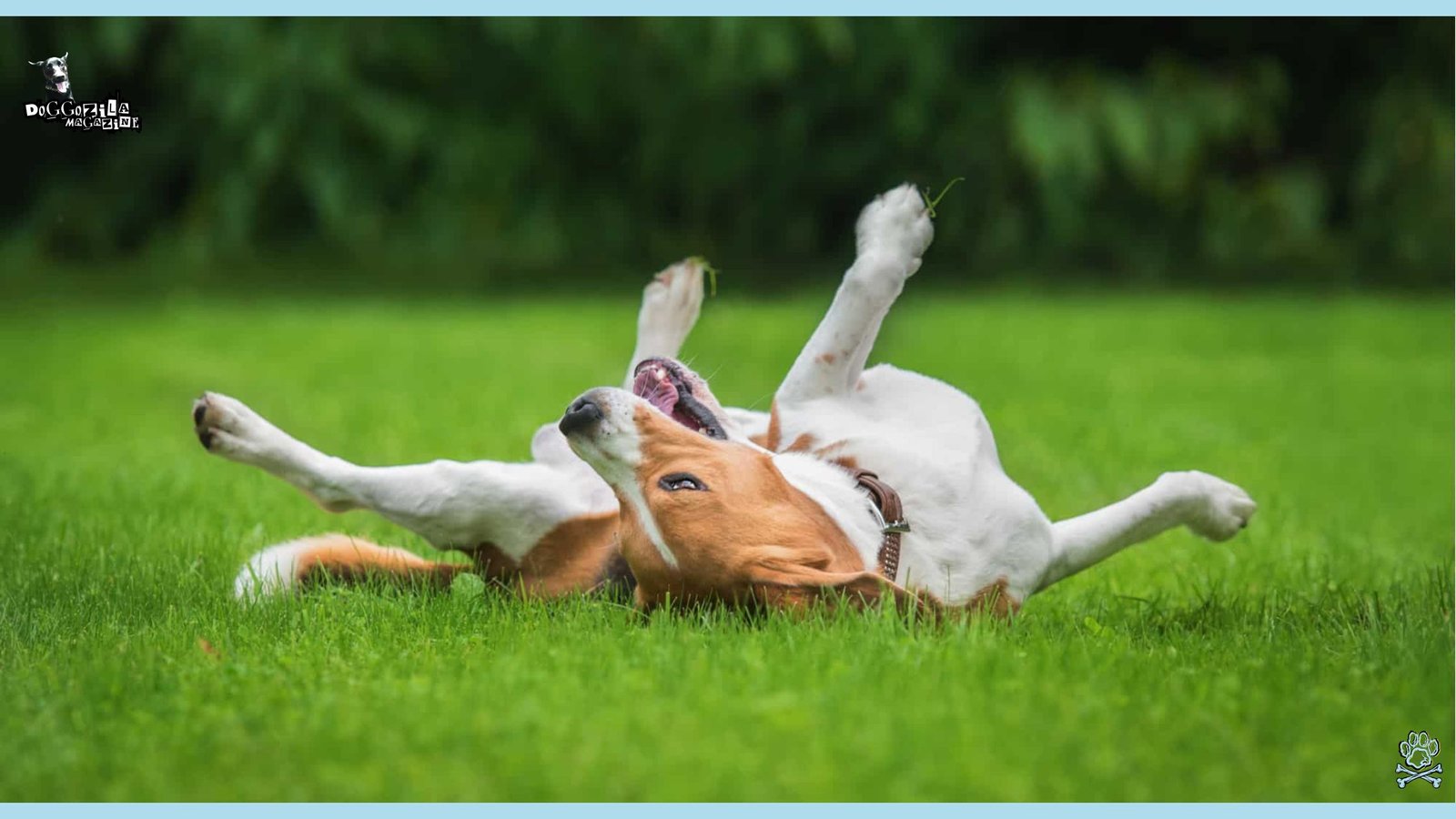
INNOVATIVE TOOLS AND TECHNIQUES FOR A DYNAMIC ROLL OVER ROUTINE
Infusing technology and creativity into training can turn a standard session into an unforgettable experience. From smartphone apps that gamify progress to homemade agility props, there’s no shortage of novel methods to keep your dog engaged. This section explores cutting-edge gadgets, creative DIY setups, and unconventional challenges that amplify both fun and learning.
Before you dive into the physical act, assembling your basic “Roll Over Adventure Kit” is crucial! First and foremost: treats that make your dog’s eyes pop. Next, your communication tools: a clicker is fantastic for marking the exact moment your dog does something right, but a distinct, happy verbal marker like “Yes!” or “Good!” works perfectly too. Finally, arm yourself with the most important tools: boundless patience and a sense of humor!
Wearable Tech For Tracking Progress: How To Teach Your Dog To Roll Over With Data-Driven Insights
Wearable activity monitors for dogs have leaped beyond simple step counts to sophisticated motion analysis. By attaching a lightweight tracker to your dog’s collar, you can record the angles and durations of their rolls. Review data post-session to identify the exact moment they hesitate or speed through each pivot.
Use this insight to tweak your timing and luring techniques, focusing on the precise second they need extra guidance. When your dog achieves consistent roll patterns, celebrate by comparing weekly progress charts in a playful ceremony.
This analytical approach appeals to data-minded trainers seeking to optimize every detail. It also entices dogs with the novelty of gadgets, making them proud participants in their own scientific study. Each roll becomes an experiment in motion, complete with quantitative goals and achievements.
DIY Agility Equipment For Strength And Coordination
Crafting simple home-made equipment can take roll-over skills to athletic heights. Use PVC pipes to create low hurdles that encourage dogs to jump before rolling. A raised platform—just a foot off the ground—introduces a height element, challenging them to balance before tipping over. Scatter foam tunnels nearby so they learn to navigate obstacles and then transition smoothly into their flip.
These creative setups build muscle memory and spatial awareness simultaneously. Your backyard transforms into an adventure playground rather than a drab training zone. Rotate equipment weekly to avoid predictability, and reward each successful nav-and-roll combo with a celebratory toy toss. Dogs relish the surprise of new challenges as much as the core trick itself.
Mobile Apps that Turn Training into a Game
Several smartphone apps now gamify dog training with interactive prompts and progress badges. Choose an app that supports custom trick profiles, then log each roll-over attempt directly in the interface. Earn badges for streaks—three days of successful rolls—or milestones like mastering the flip under 30 seconds.
Some apps offer optional social sharing so you can post quick video snippets within a community of fellow trainers. Friendly competition and peer encouragement keep both you and your dog motivated to refine the trick.
Bonus mini-games embedded in the apps often include memory challenges or rhythm exercises that translate into smoother roll-overs. By transforming training into a digital adventure, you tap into modern enthusiasm for progress tracking and communal celebration.
🔑 Key Points: Boost engagement and effectiveness by integrating creativity and tech: use wearable trackers for motion analysis, build DIY agility equipment (hurdles, platforms) to enhance strength/coordination, and leverage training apps for gamified progress tracking and community motivation.
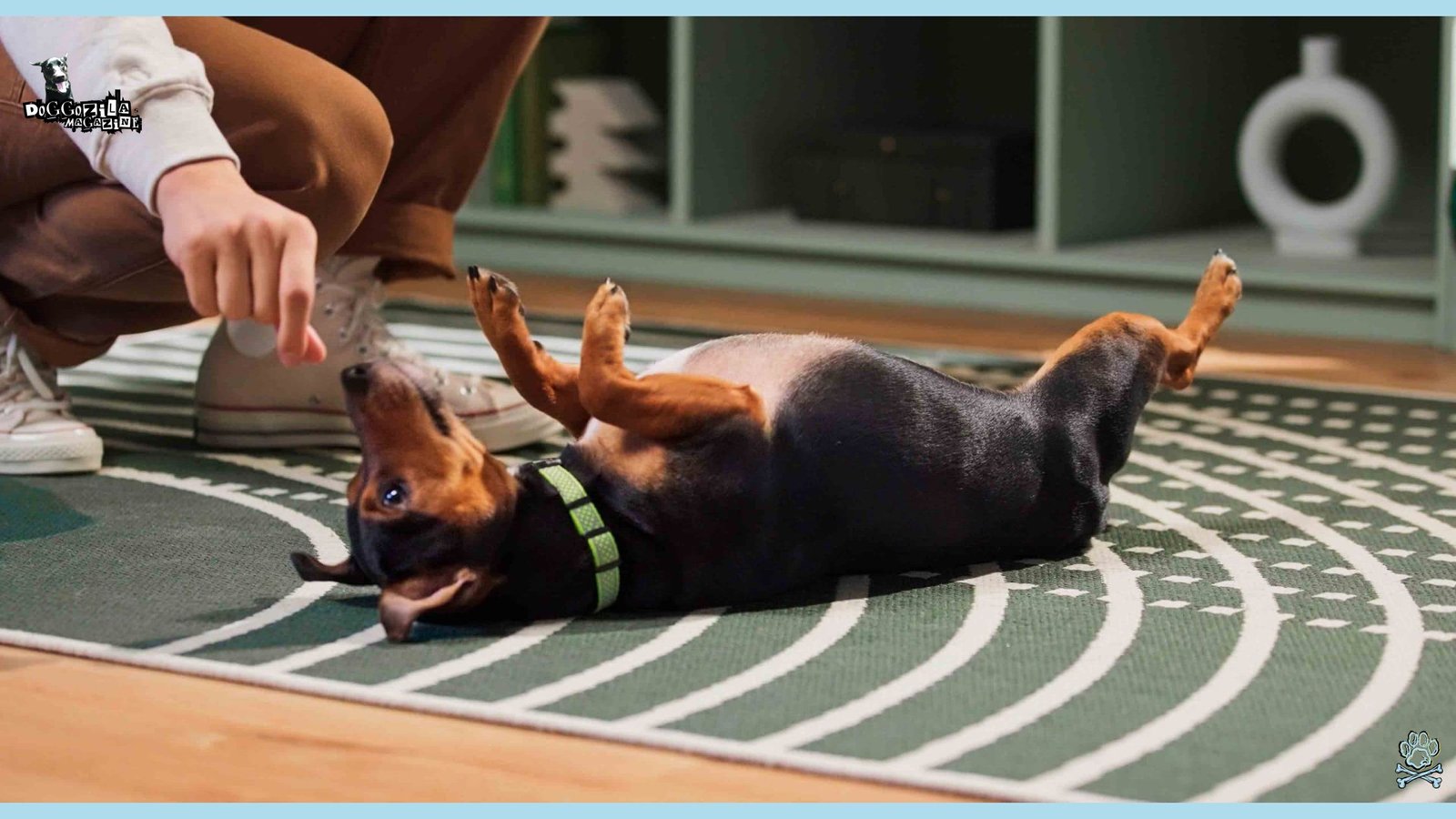
CASE STUDIES AND REAL-WORLD TALES TO INSPIRE YOUR ROLL OVER TRAINING
Nothing sparks motivation like hearing stories of dogs who overcame obstacles to perfect impressive tricks. Case studies blend research insights with personal narratives, showcasing creative methods that delivered remarkable results. This chapter curates inspiring tales—each illustrating a unique approach, from lab-tested reinforcement schedules to off-beat environmental tweaks. May these stories fuel your imagination and reaffirm that every dog can learn to roll over.
This accomplishment is about so much more than a trick; it’s proof of your communication, patience, and teamwork. The confidence your dog gained through this process will spill over into other areas of training and life.
Unexpected Tales from a Mountain Rescue Dog
In the rugged terrain of the Rockies, a search and rescue German Shepherd named Nova learned roll-over on rocky outcrops. Trainers initially feared the uneven surface would deter her, but they discovered her athletic background actually gave her superior balance.
They broke the roll into incremental targets, rewarding her each time she achieved a slight hip twist. Over weeks, Nova adapted to slippery stones and twisting slopes, eventually rolling flawlessly across boulder fields. Her story demonstrates that obstacles often serve as unexpected training advantages rather than setbacks.
It also underscores the resilience and adaptability inherent in working breeds. By merging stimulation with sui generis challenges, her handlers witnessed rapid progress. Nova’s journey illustrates that setting the bar high can yield surprisingly swift mastery. Readers can draw on her tenacity as a template for their own training escapades.
A Labrador’s Leap: When Rolling Over Led to Greater Confidence
Milo, an Australian Labrador with a timid disposition, hesitated to roll over at first. His owner introduced progressive desensitization by pairing the trick with a dramatic backdrop of applause from stuffed animal “spectators.” This theatrical flair turned each session into a mini-show, enveloping Milo in positive energy.
Soon he no longer required the plush audience, responding eagerly to cues alone. His leap in confidence extended beyond flips, improving his social interactions at dog parks. This case study exemplifies how injecting creativity and community into training can reshape a dog’s self-perception entirely. It shows that fun theatrics paired with positive reinforcement can yield benefits far beyond the trick itself.
Urban Stories: Teaching Roll Over on a Busy City Street
When a New York City pup named Scout tackled roll-overs on packed sidewalks, her training became an exercise in focus under pressure. Her handler started at sunrise to avoid crowds, then gradually shifted to mid-day sessions. They used collapsible mats that doubled as portable stages, signaling passersby to give Scout room.
Each successful roll elicited enthusiastic cheers from pedestrians, further incentivizing her performance. This blend of real-world distraction and public support transformed Scout into a confident performer. Her urban adventures highlight the value of staged social proof and gradual exposure in sustaining focus amidst chaos.
🔑 Key Points: Real-world success stories (like a rescue dog rolling on rocky terrain or a timid Lab gaining confidence through “theatrical” training) prove the trick’s versatility and power, demonstrating that creative approaches and gradual exposure can overcome unique challenges and build profound resilience.
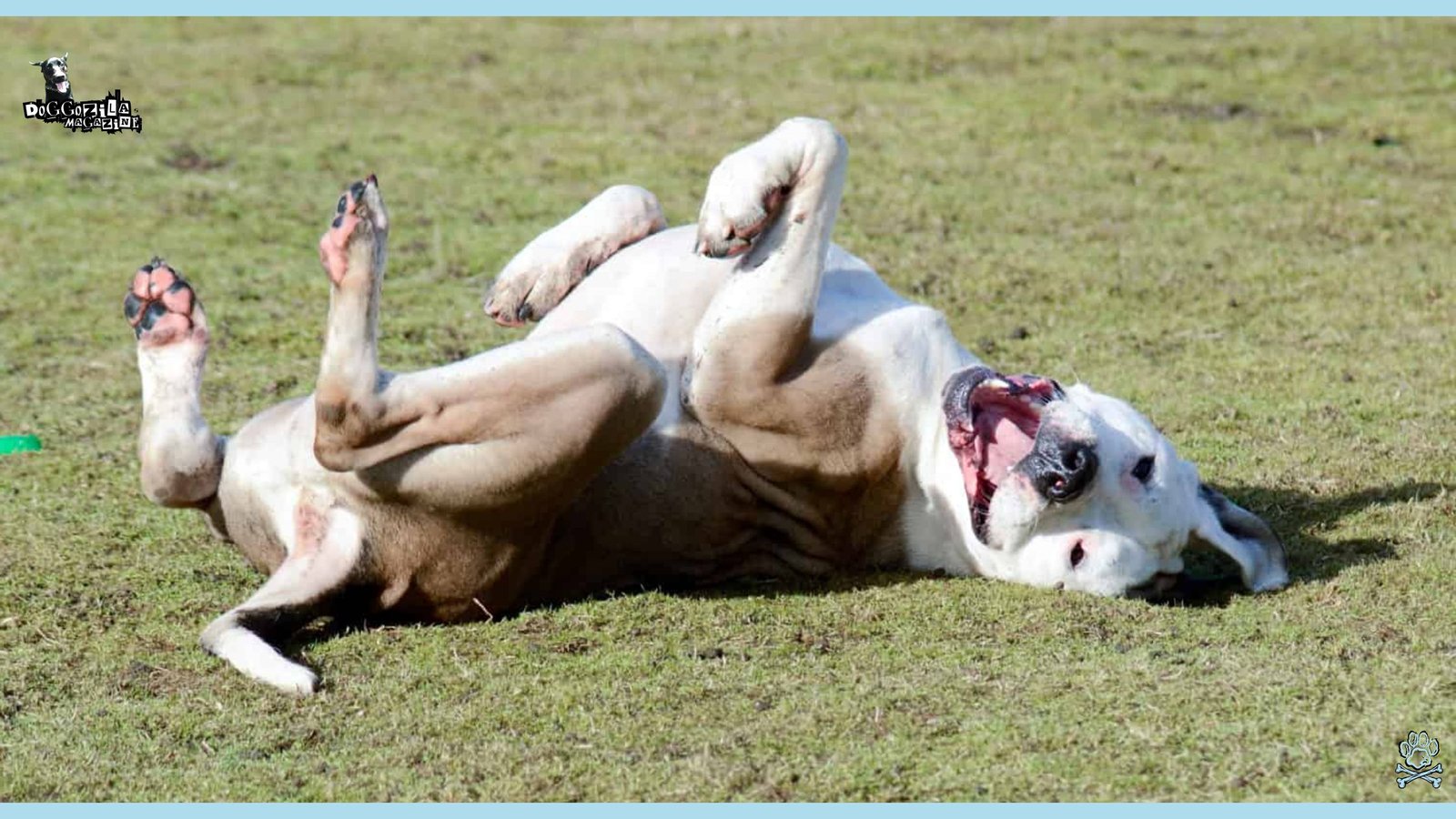
BRINGING IT ALL TOGETHER: MAINTAINING YOUR DOG’S ROLLING MASTERY OVER TIME
Once your dog masters the roll-over, the real adventure begins in keeping the trick sharp and exciting. Tricks can grow rusty if practiced only once in a blue moon, so integrating mini-sessions into regular routines is key. Whether during a mid-morning stretch or a break on the dog park bench, sprinkle roll-overs throughout the day. Celebrate each demonstration with joy and occasional surprise rewards to reinforce longevity. This lasting engagement cements the roll-over as a beloved staple of your canine’s repertoire.
Keep the roll-over sharp and fun long-term by seamlessly weaving quick demonstrations into daily life (like during walks), celebrating milestones creatively (sticker charts, special outings), and using structured group techniques (like rotation stations) for effectively teaching puppies.
Why Incorporating Roll Over into Daily Walks and Routines is Important?
Transform strolls into spontaneous training opportunities by pausing every few blocks for a quick flip demonstration. Choose grassy patches or cleared areas that feel like natural stages. Keep pocket-sized treats or silent hand signals ready so you can cue the roll without drawing too much attention.
These micro-sessions only take seconds but serve as powerful refreshers for muscle memory. You’ll notice your dog perks up at familiar landmarks where they anticipate the next roll cue. This seamless weaving of training into daily life prevents skills from fading away.
Celebrating Milestones to Reinforce Behavior
Marking milestones fosters sustained enthusiasm for both you and your dog. Create a chart where each successful week of roll-over practice earns a colorful sticker. At every fifth sticker, treat yourselves to a special outing—perhaps a picnic in the park or a trip to a dog-friendly café.
Use photos and video clips to document progress in a shared scrapbook or digital journal. This external recognition amplifies internal pride, turning training into a collaborative celebration. Dogs thrive on positive attention, and humans enjoy checking items off a list, making this system doubly motivating.
Teaching the Roll Over Trick to a New Litter: Tips for Puppy Classes
When introducing pups to roll-over for the first time, leverage their natural malleability and low fear thresholds. Conduct group sessions where each puppy watches its littermates succeed, harnessing social learning to accelerate adoption. Keep treat portions tiny to avoid sugar rushes and ensure each pup focuses on the process.
Rotate pups through stations: one for luring, one for signal recognition, and one for free practice. This assembly-line approach turns the complex trick into approachable micro-lessons. By the end of the class, many puppies will nudge each other with excitement, eager to take turns in the roll-over spotlight.
BONUS GUIDE ENTRY FOR OUR READERS!
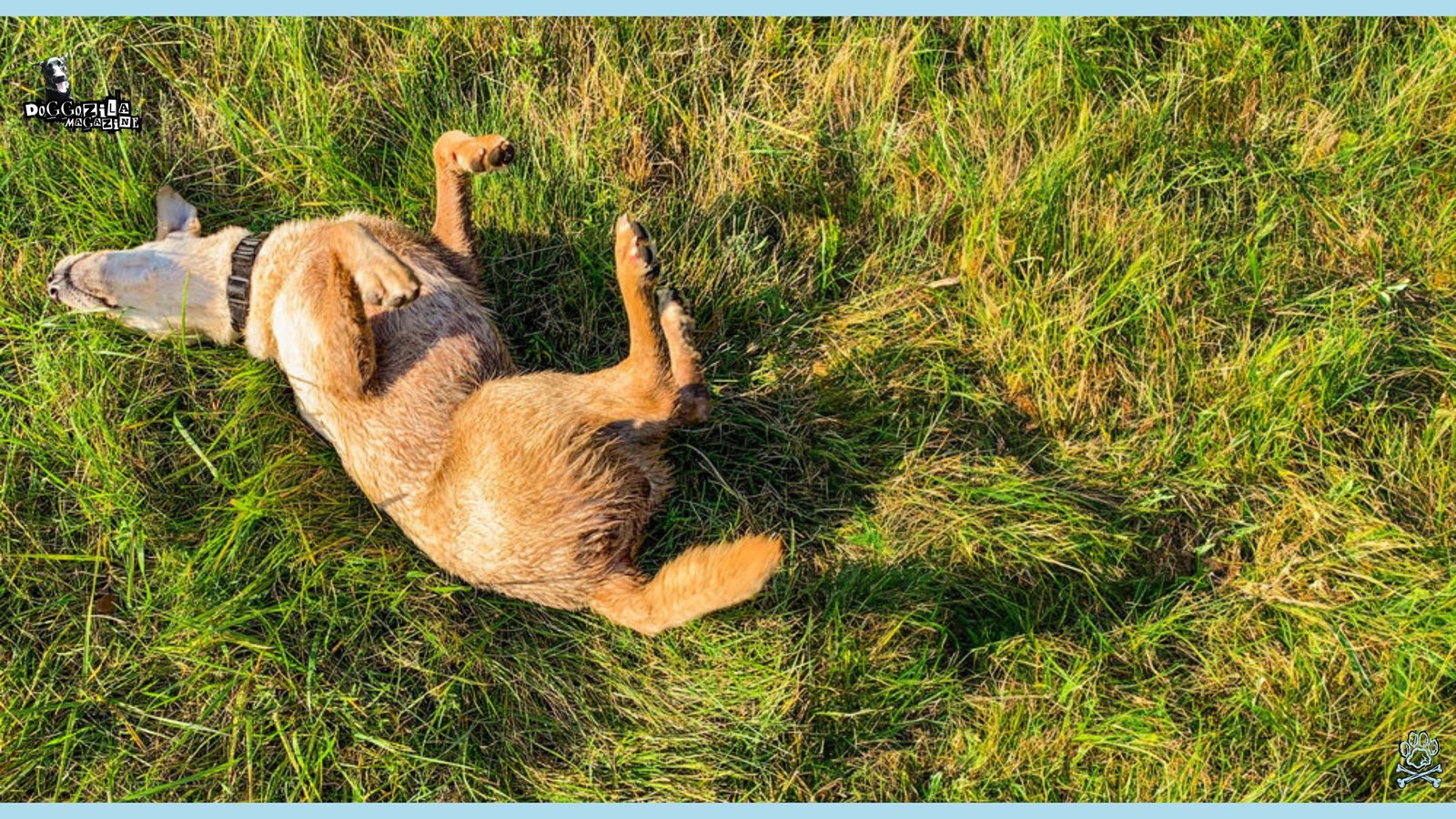
THE DOGGOZILA DOG TRAINER IS GIVING THE DETAILED STEP-BY-STEP MAP TO TEACH YOUR DOG TO ROLL OVER
Now, the moment we’ve been prepping for! This is where the magic happens, step by careful step. Remember, patience is your compass, and treats are your fuel. We’ll break down the seemingly complex roll over into bite-sized, achievable behaviors, rewarding generously at each tiny milestone. Think of it as sculpting the final form from a block of marble – each click and treat chips away towards the masterpiece.
Keep sessions upbeat, end before frustration sets in, and celebrate every flicker of progress. Ready? Let’s roll!
Phase 1: The Shoulder Dip – Luring the Initial Lean (The First Step in How to Teach Your Dog to Roll Over)
Start with your dog in a solid, comfortable “Down” position on your non-slip surface. Kneel or sit beside them. Hold a high-value treat right at their nose, then slowly and steadily move it straight back along their shoulder blade, parallel to their spine, aiming just slightly behind the shoulder joint.
The goal is to lure their head to follow the treat, causing them to tip their shoulder down towards the floor. As soon as their shoulder dips even a tiny bit off the ground, CLICK (or use your marker word “Yes!”) and immediately give them the treat. Reset by having them lie down flat again.
Repeat this multiple times, gradually waiting for a slightly more pronounced shoulder dip before marking and rewarding. This is the crucial first pivot point! If they try to stand up or crawl forward, your lure might be moving too far back or too fast. Keep it slow and close to their body. Mastering this controlled lean is the foundational step in the journey of how to teach your dog to roll over.
Phase 2: Rolling Onto the Side – Completing the Halfway Hurdle
Once your dog is readily dipping their shoulder in response to your lure, it’s time to extend the motion. From the “Down” position, lure their nose back along their shoulder (as in Phase 1), but now continue the arc of your hand across their back, towards their opposite hip.
Imagine drawing a large “C” shape with the treat, starting at their nose, going back over their shoulder, and then curving towards their tail on the other side. This should encourage them to follow the treat with their nose, rolling their body onto their side. The moment their belly is partially exposed and they are lying on their side (even if not perfectly flat), MARK and REWARD enthusiastically! Reset to the starting “Down“.
Practice this step until they smoothly roll onto their side following the lure. If they get stuck halfway, try luring slightly slower or ensure your treat hand stays very close to their body. This phase is all about building momentum and comfort with the sideways position, a major milestone in how to teach your dog to roll over.
Phase 3: The Full Rotation – Connecting the Dots to Completion
Your dog is now confidently rolling onto their side! The next leap is completing the full 360. From the “Down,” lure them through the shoulder dip and onto their side (Phases 1 & 2). Without pausing, continue the lure motion in the same smooth arc, now bringing the treat up and slightly over their head, back towards their shoulder blades on the starting side.
This encourages them to tuck their head and continue the roll all the way back over onto their belly or into a “Down” position. The instant they complete the full roll, even if it’s a bit clumsy, MARK and deliver a JACKPOT reward (several treats in a row)! This is huge!
Reset and repeat. Initially, they might pop up or scramble at the end; that’s okay, just reward the roll completion itself. Focus on keeping your lure hand movement fluid and continuous to guide them through the entire motion. This is the exhilarating culmination of how to teach your dog to roll over – witnessing that first complete rotation!
Phase 4: Naming the Game & Fading the Lure – Achieving Independence!
Your dog is physically performing the roll! Now we need to name it and make it happen without the treat constantly in their face. Start adding your verbal cue (“Roll Over,” “Flip,” “Spin Cycle!” – choose one!) just as you begin the lure motion, before they start moving. Say the cue clearly, then immediately lure the full roll and reward. Do this consistently.
After many successful repetitions where they roll immediately upon hearing the cue + seeing the lure, begin “fading the lure.” Do the exact same hand motion as if you had a treat, but keep the treat hidden in your other hand or pouch. Give the verbal cue, make the lure motion with your empty hand, and the moment they complete the roll, MARK and deliver the reward from your other hand.
If they don’t follow the empty hand, go back a step – use the treat lure a few more times, then try fading again. Gradually make the empty hand motion smaller and less exaggerated. Eventually, your verbal cue and a subtle hand signal should be enough! This phase transitions them from following food to understanding and performing the named behavior – the true mastery of how to teach your dog to roll over.
What’s Next? Unleashing Your Training Potential
The roll over is just the beginning! Your dog is now a confident trick learner, and you are a skilled trainer. Where will you go next? Maybe “Play Dead,” “Wave,” fetching by name, or even agility foundations! Explore trick dog titling programs, which offer structured levels to aim for and fun titles to earn.
Join online trick training communities for inspiration and support.
Consider enrolling in a local dog sports class (rally, agility, nosework) – the focus and bond you built through rolling over are perfect foundations. The world of canine activities is vast and exciting. Your adventure to teach your dog to roll over has opened the door to a lifetime of shared learning and fun.
Keep exploring, keep playing, keep rolling!
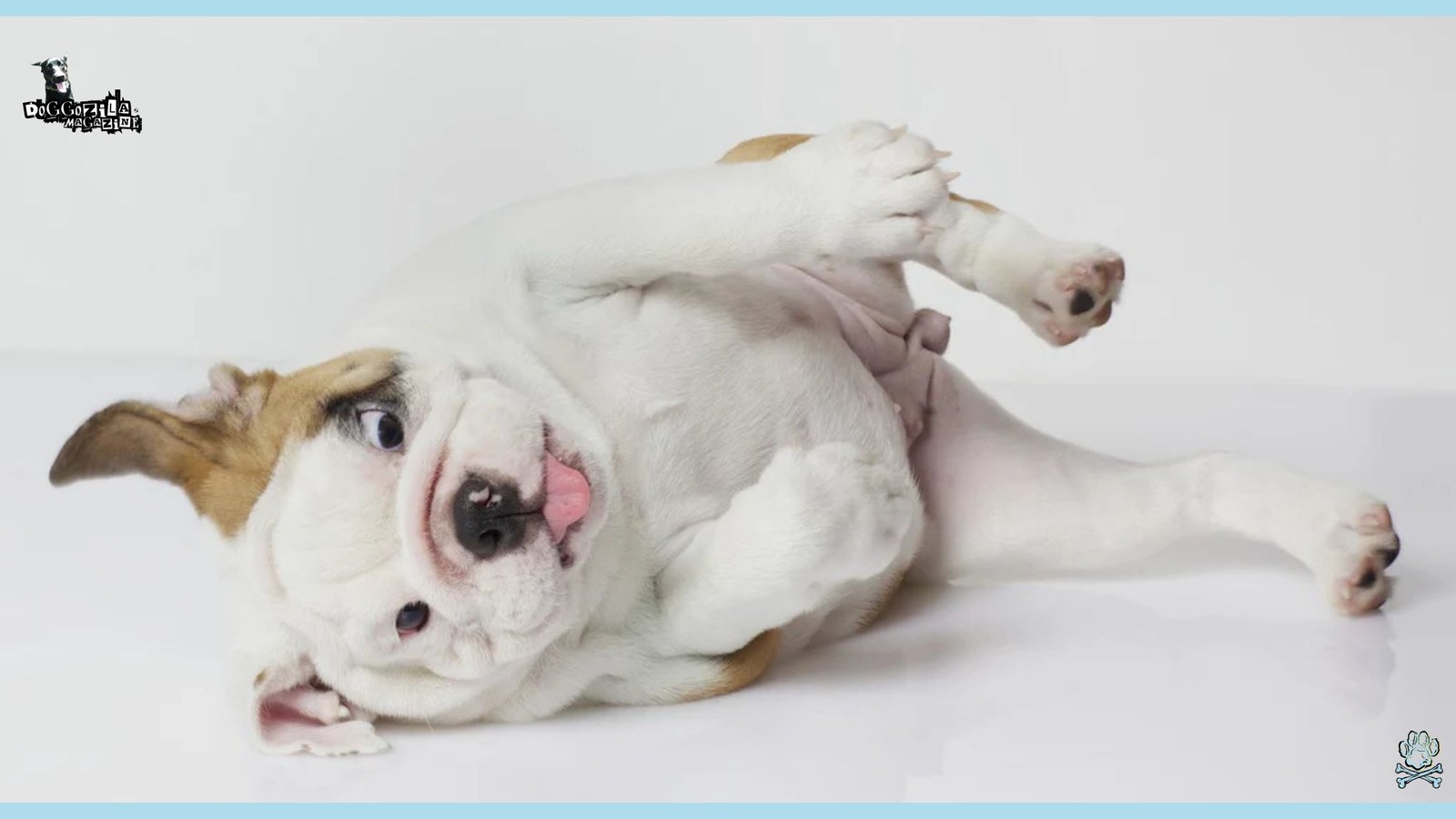
The next amazing trick is waiting!

